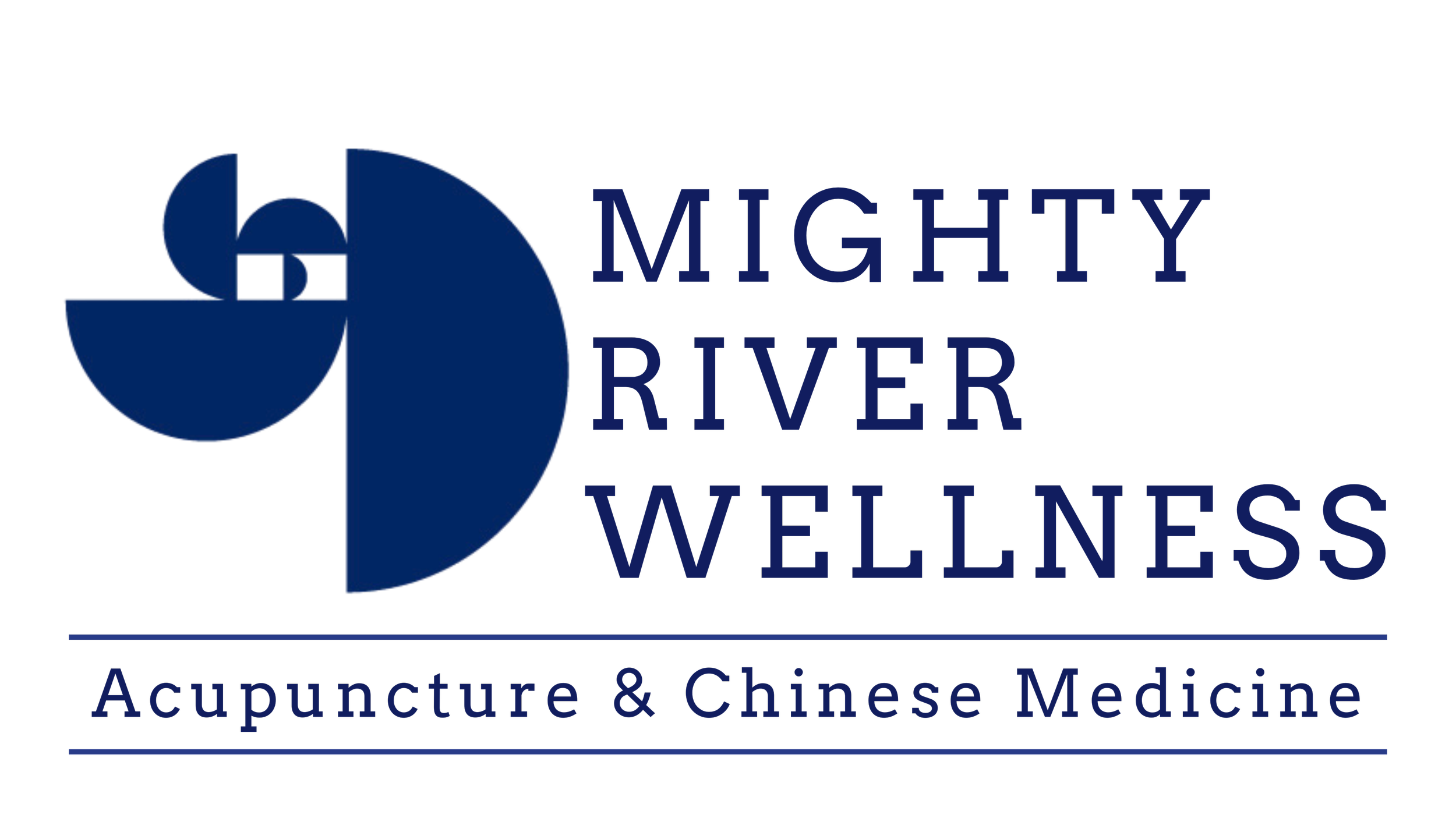A Comprehensive Guide On Sleep Hygiene
Are You Lacking In Sleep?
The National Heart Blood and Lung Institute states that “during sleep, your body is working to support healthy brain function and maintain your physical health. In children and teens, sleep also helps support growth and development. The damage from sleep deficiency can occur in an instant (such as a car crash), or it can harm you over time.” Maintaining poor sleep hygiene can put you at a greater risk for a variety of chronic health issues, including an improper balance of Cytokines. Cytokines are inflammation and infection targeting proteins both produced and released during sleep. In short, skipping the shut-eye can affect how well you think, react, work, learn, and even get along with others.
The National Sleep Foundation suggests the following sleep range based on your age:
Newborns (0-3 months): Sleep range narrowed to 14-17 hours each day (previously it was 12-18)
School-age children (6-13): Sleep range widened by one hour to 9-11 hours (previously it was 10-11)
Teenagers (14-17): Sleep range widened by one hour to 8-10 hours (previously it was 8.5-9.5)
Adults (18-64): Sleep range is 7-9 hours (new age category)
Older adults (65+): Sleep range is 7-8 hours (new age category)
Sleep Hygiene Tips
Melatonin levels begin to rise 2 hours before you sleep and levels are affected by exposure to screens. Trade screens in for a journaling or meditation practice. In the period 30 minutes after waking, incorporate light movement such as marching in place. This slow movement will encourage the heart rate to rise and make it easier to break down melatonin. Direct exposure to full-spectrum light during this period will also be helpful.
Stress Management
Plan on at least one activity focused on stress reduction every day. This can be in the form of a walk, bath, or meditation practice.
Use it or lose it
Schedule 1 movement daily activity. Examples include a bike ride, yoga, Qigong, or walking per day.
Sunlight
Daily sunlight exposure stimulates vitamin D production that cultivates a stronger healing response.
Your body’s sleep patterns follow your personal rhythm.
All humans have a distinct rhythm to their body in which certain bodily functions and levels of alertness occur during certain times of the day. This process maintains the sleep-wake cycle within a 24 hour period.
As you notice, the crest and troughs of this wave look like the same pattern we see in a BBT chart, and if we were to cut the taiji symbol we would see yin and yang in balance.


